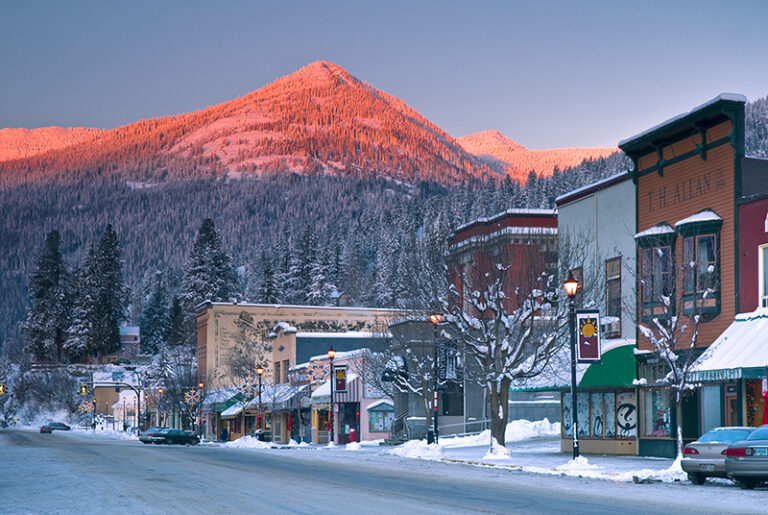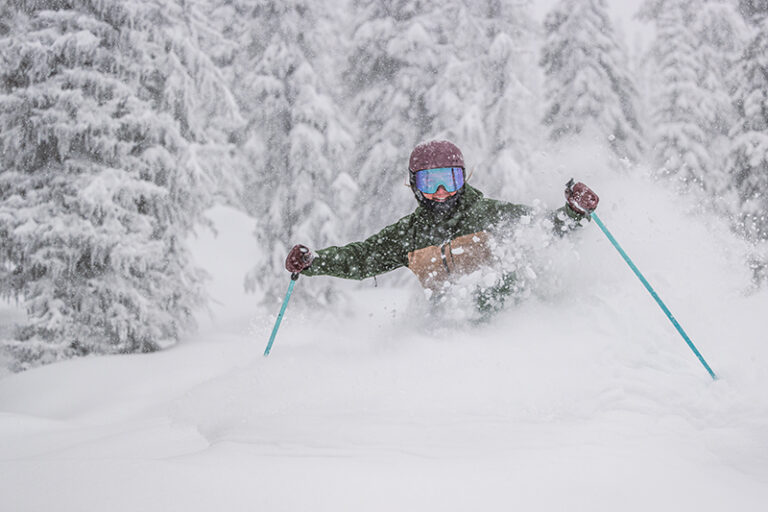Onomastics is the study of names, and when we go outdoors, we can’t help but become onomatologists. Names are hardly inconsequential. Each tells a story.
Take running events for example. We have names connected to the calendar: Spring Dashes, Turkey Trots, Jingle Bell Runs. And we have names descriptive of the event itself, like the Sundae Sunday (a ten miler with ice cream at the finish) or the Pi Day Run I did as an undergrad on March 14 at 3:14 p.m., the champion winning a pie. In these names – names like the Bare Buns Fun Run – we both tell and hear a story. This storytelling happens through metaphor. A metaphor takes something we know and pairs it with something else, so that by joining two seemingly disparate items we learn a little about the object at hand. For example, with the St. Paddy’s Day Five Miler, we take two things we know well – a holiday and a distance – and pair them together, the mind finding a connection between the two. So when we refer to the Boston Marathon, we construct a metaphor and then by that metaphor tell a story, a story of a running community. The name itself becomes a shorthand narrative of its namesake.
Being outside necessitates we travel on roads, and these names also tell a story. My favorites are the roads that connect two places. I hear an agricultural history in Skagit County’s Farm-to-Market Road, a narrative of commerce between towns in Cheney-Plaza Road, Tekoa-Oaksdale Road, Tekoa-Farmington Road, Waverly-Spangle Road, and Waverly-Plaza Road. The names tell of the past economies of these communities, their residents carrying wares from town to town. (Curious that these place-to-place names are never inverted. It’s always the Cheney-Spokane Road, never the Spokane-Cheney Road. Might there be a narrative here too?) Some road names make a lot of sense, like Spokane’s High Drive or Cliff Drive or Valley Chapel Road, the names telling of geography and landmarks. Some make little sense. Near my parents’ house is a Bayview Street, the road atop what used to be farmland, the geography making clear there has never been a body of water, let alone a bay, anywhere on it. I’ve seen an Osprey Heights Drive in a housing development where no ospreys fly. But these road names have a story to tell too, one of yearning to connect to nature, to land untouched by developers, to wildlife that once navigated the area.
These event names, these road names – they all tell stories about places. My cyclist friends speak – often in a tone of bravado – of an area of the Palouse they call The Land of a Thousand Dogs. In Spokane, I run through Vinegar Flats (where a vinegar distillery once stood a hundred years ago) to Felony Flats (a rough part of town near the Courthouse), returning home by the Fish Ladder (a zigzagging series of streets that makes the climb up the South Hill bearable). There is a story, a history, in all these places, in all these names.

Then there’s Latah, renamed Hangman Valley for the September 1858 massacre of several Native Americans and Chief Qualchan at the hands of General George Wright. When I travel Fort George Wright Drive and pass the Mukogawa Fort Wright Institute on the grounds of what used to be Fort Wright College, I begin to think our city sees Wright as a hero, and I lament that Hangman Valley – the name and its narrative – might be celebrating, rather than condemning, the slaughter. With Latah and Hangman Valley, I hear a narrative of tension, an unease about which story to tell. I think of Latah Presbyterian’s use of the name. I’m not sure if the church is intentionally pushing against the narrative told by Hangman Valley, but by identifying the area by its Native American name, those Presbyterians are – whether knowingly or not – telling a different narrative than the current, dominant one.
Names so often and so easily become monolithic, unquestioned, authoritative. When General George Vancouver names Mt. Baker in honor of 3rd Lieutenant Joseph Baker, he erases its original name Kulshan (which translates to “white sentinel”). And when General Vancouver names Mt. Rainier to honor Rear Admiral Peter Rainier, the narratives wrapped up in Tahoma (which translates to “larger than Kulshan”) are erased too, a narrative of conquest taking the place of the stories once told about, and in, the land.
The obvious critique here would be to say that names are imperialistic, that they superimpose a culture over the native ones. But that’s too easy. Names do more than that. When we use a name, we enter into a conversation about the land, its people, its practices, its traditions. When a homesteader names an area after his family, he begins to write a history, one that necessarily presses against the histories already being told there. And that’s the most fascinating, and troubling, part of onomastics – which narratives we tell by the names we use and which narratives slip away. //













